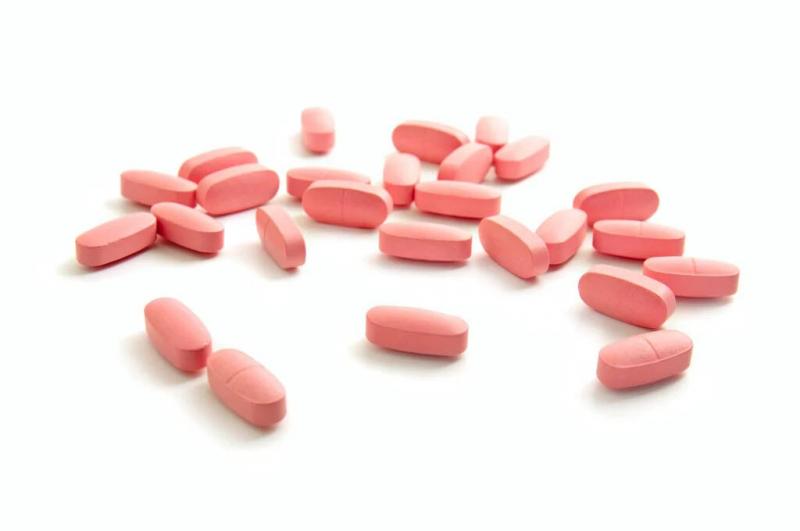Navigating Nifedipine: Uses, Dosage, And Safety Precautions For Cardiovascular Health
Introduction
Nifedipine is a medication belongs to class of drugs called calcium channel blockers. It acts by relaxing and widening blood vessels which helps in lowering blood pressure. Nifedipine is primarily used for treating high blood pressure and chest pain resulting from heart disease.
How does Nifedipine Work?
Nifedipine works by blocking calcium ions from entering muscle cells within the heart and blood vessel walls. Calcium ions play an important role in muscle contraction. By blocking calcium entry, nifedipine relaxes and widens constricted blood vessels, allowing more blood to flow through them. It also reduces workload and oxygen requirement of heart by easing blood flow through arteries. This helps in lowering blood pressure and reduces symptoms of chest pain. Nifedipine Medication works efficiently in relieving conditions like high blood pressure, unstable angina and Raynaud's phenomenon.
Approved Uses of Nifedipine
Nifedipine extended-release tablets are approved by FDA for following uses:
- Treatment of high blood pressure (hypertension): It helps in reducing both systolic and diastolic blood pressure.
- Treatment of chest pain (angina) caused by heart disease: It provides relief from frequent angina attacks and reduces severity.
- Treatment of Raynaud's phenomenon: It helps to improve blood circulation and relieve pain associated with Raynaud's phenomenon.
Dosage and Administration
Nifedipine is available in both immediate and extended release formulations. Immediate release pills need to be taken thrice daily, 30-60 minutes before meal for best absorption. Extended release formulations on the other hand are taken once daily. The starting dosage is usually 30 mg per day which can be increased by 30 mg increments every week up to maximum recommended dosage of 180 mg per day, depending on individual's response and tolerability. The medication should be taken with a full glass of water and not crushed or chewed.
Precautions and Side Effects
Though generally well tolerated, nifedipine does come with some side effects like headache, flushing, dizziness, constipation and ankle swelling. Serious but rare side effects may include irregular heartbeats, liver damage, low blood pressure etc. Some safety precautions to follow with nifedipine use include: avoiding driving or operating heavy machinery if dizzy, reporting all medications to doctor to avoid interactions, limiting alcohol intake and using contraception while on therapy. Stopping nifedipine abruptly can sometimes cause worsening of condition. Dose adjustments may be needed in patients with kidney or liver impairment.
Nifedipine has been shown to be an effective and well tolerated drug for treating several cardiovascular conditions like hypertension, angina and Raynaud's disease. Following dosage instructions and safety precautions carefully helps optimize therapeutic benefits and minimize risks associated with its use. Nifedipine continues to be the first line medication in management of high blood pressure and angina worldwide. With appropriate monitoring by physician, it provides sustained relief from cardiovascular symptoms for many patients.
Get more insights on Nifedipine Medication
